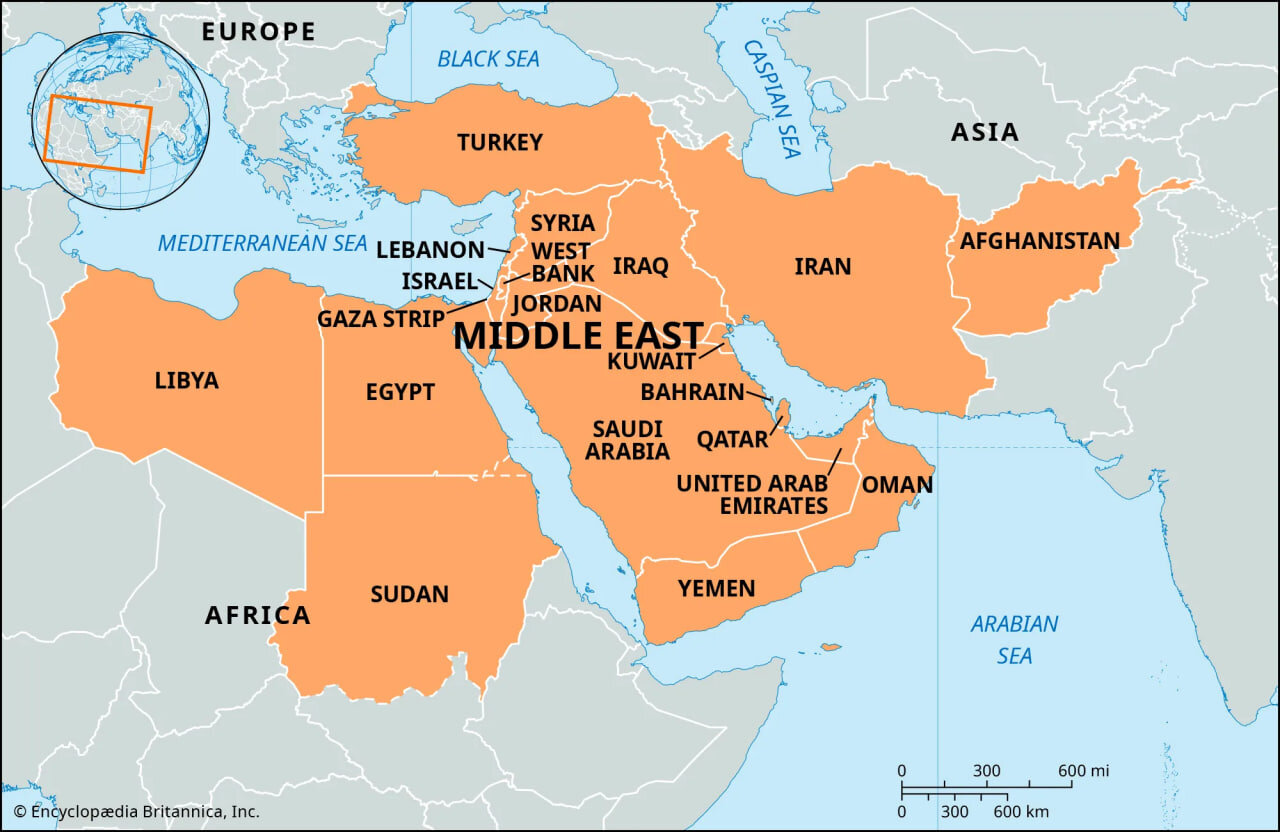US dead end in West Asia

TEHRAN - A recent Wall Street Journal report on the ineffectiveness of U.S. bunker-busting bombs in destroying an Ansarullah undnderground missile complex raises significant questions about Washington's capability to target deep and hardened underground facilities.
This is particularly relevant when analyzing potential scenarios for attacking Iran's nuclear and missile sites. The Yemen experience shows that even advanced conventional weapons like the GBU-57 may fail to completely destroy resilient underground targets. If the U.S. struggled in Yemen despite the relative weakness of Ansarullah defenses, it may face greater challenges with Iran's more advanced, deeper, and geographically dispersed facilities.
"This failure could push Washington toward more dangerous options, such as tactical nuclear weapons, as previous analyses have suggested that the complete destruction of sites like Fordow might only be possible with nuclear explosions. However, using such weapons would not only provoke a severe and unpredictable response from Iran but also lead to international condemnation and regional instability.
Iran, unlike Ansarullah, employs a "missile city" strategy with networks of tunnels, mobile launchers, and hidden sites, making detection and destruction difficult. Even if the U.S. can disable some identified launchers or entrances, Iran can maintain its offensive capacity by relocating weapons and using hidden infrastructure. The Yemen experience demonstrates that temporarily disabling a missile site does not neutralize missile capabilities entirely but merely provides a brief window for planning subsequent attacks.
Iran's air defense systems play a crucial role. If they can preserve Iran's missile capabilities in the initial stages of an attack, downing a significant portion of enemy aircraft and increasing the cost of airstrikes, the U.S. could be drawn into a costly war of attrition. However, if Iran's defenses gradually weaken under repeated attacks, control of the skies might shift to American forces, paving the way for broader strikes.
Iran's response would be a determining factor. Tehran might retaliate by targeting regional U.S. bases (Bahrain, Qatar, Saudi Arabia) and, in more intense conflicts, extraregional bases (supporting airfields for U.S. and British aircraft, strategic nuclear warhead storage centers in Europe, Diego Garcia). Iran could also target allies like Israel or Saudi Arabia and disrupt energy shipping routes (such as the Strait of Hormuz). If Iran's missile capabilities are weakened, it might shift tactics to guerrilla warfare using civilian-vehicle-mounted launchers, cargo ships carrying cruise missiles, ballistic missiles, drones, and swarm attacks by resistance groups.
Furthermore, Iran might preemptively strike U.S. proxy forces in Palestine, the U.S. fleet, or bases in the Persian Gulf under the guise of "Operation Promise of Truth 3," a response to Israel's latest aggression. Washington must consider whether destroying Iran's nuclear program with tactical nuclear weapons is worth the risk of a full-scale war, with consequences including increased oil prices, regional conflict escalation, loss of some tactical and strategic gains by the Israeli regime over the past year, Iran's withdrawal from the IAEA, the initiation of a regional nuclear arms race, and possibly a nuclear response from Iran.
A more likely scenario is that the U.S. will increase pressure on Iran through a combination of harsher sanctions, cyber operations, activating internal opposition to create crises, and proxy warfare via forces like Israel, rather than launching a direct attack. The conflict with Ansarullah has shown that even major powers struggle to completely neutralize the missile capabilities of resistance groups with limited resources, let alone a country like Iran, which operates on a vastly different strategic depth and diversity of armaments.
*Ali Heydari is a Military Studies and Analyses Institute (MSAI) researcher
*The views expressed in this article are those of the writer
Leave a Comment